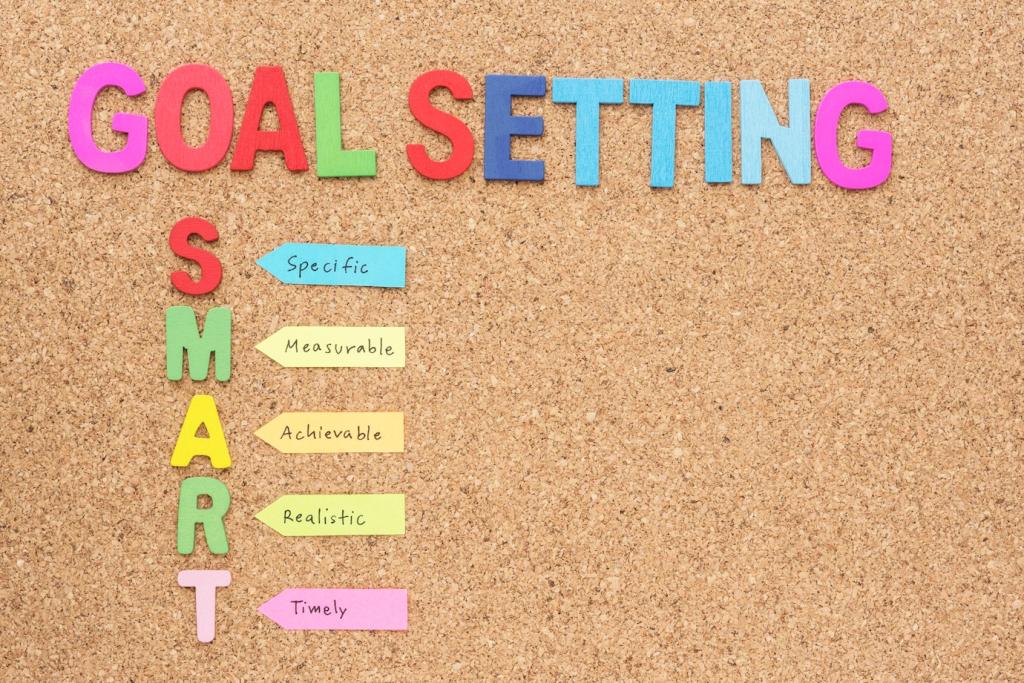From Plan to Switch-On
Request at least three proposals with equipment specs, production estimates, warranties, and references from similar businesses. Ask each installer to explain tradeoffs plainly. Choosing clarity over jargon today prevents surprises and helps your team champion the project.
From Plan to Switch-On
Local rules differ, but organized paperwork speeds approvals. Ask your installer for a milestone schedule with dates for utility interconnection, structural review, and final inspection. Regular check-ins keep momentum so you catch opportunities and delays immediately.
From Plan to Switch-On
Set alerts for dips in production, clean panels when dusty, and review inverter logs monthly. A short seasonal checklist sustains performance and protects warranties. Share results in your newsletter, and invite readers to ask questions or compare experiences.









